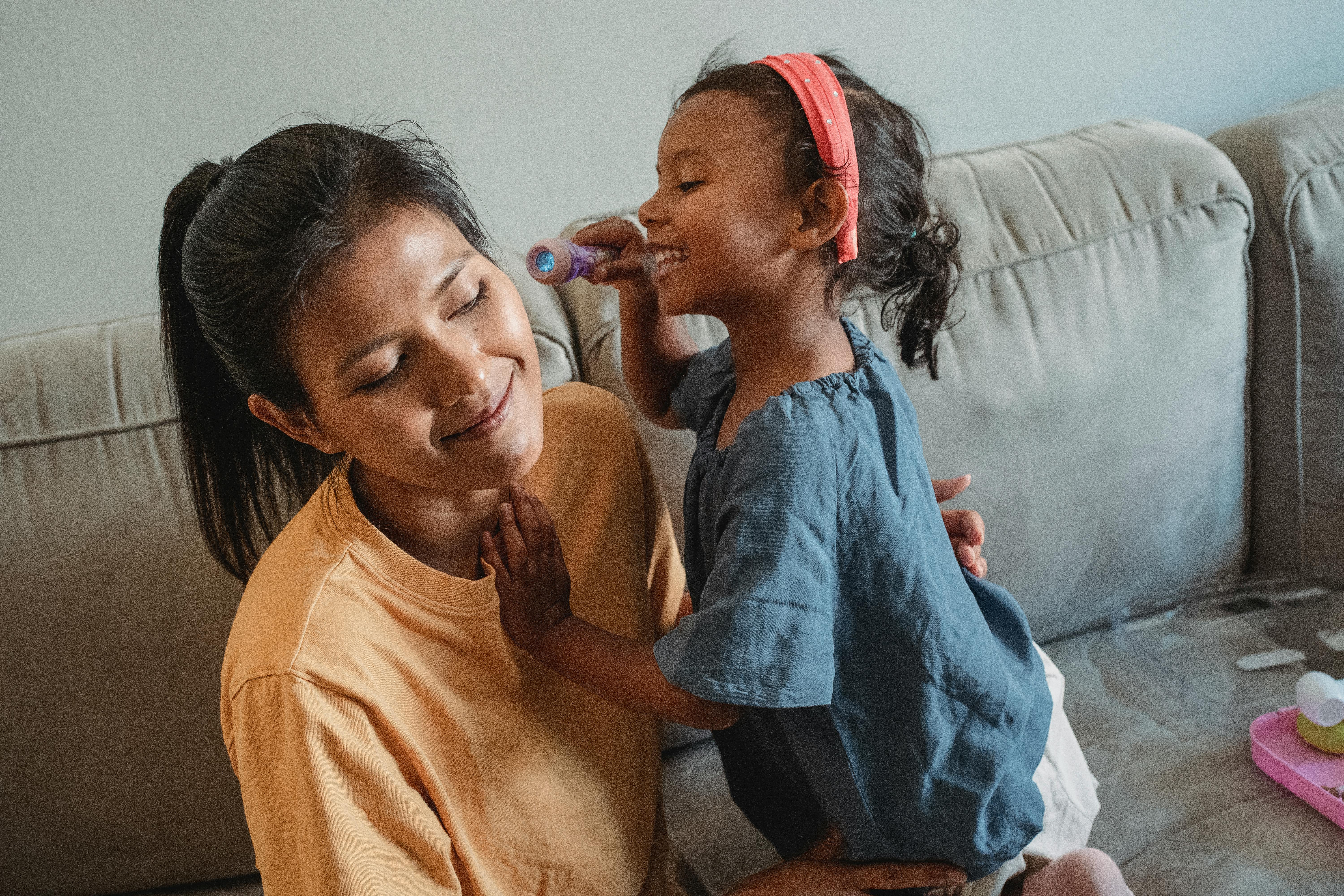Fundamental steps for voice training lessons
Singing should be something easy. We all do it at some point or another, whether it’s at church, choir, in the car on the way home, or even in the shower. Some people are pretty good at it, some are just fine, and some… well, let’s just say they’re not exactly the next Celine Dion!
But believe it or not, there is a right way and a wrong way to sing for normal people like you and me. Singing correctly, with the correct use of the vocal cords, can mean the difference between singing in healthy and sustainable ways, as opposed to unhealthy and potentially harmful ways.
In order for your voice to sound as good as it can be and to last a lifetime, it means that you must make an effort to be physically fit and in good health. This means eating a healthy diet, getting plenty of sleep, exercising occasionally, not using drugs, and not drinking too much alcohol.
Perhaps the most important aspect of voice training lessons is learning how your voice device works and how to use it correctly without causing voice problems. To do this, you must have good posture, breath support, and projection to maximize your vocal cords.
When chanting, you should stand straight but relaxed, throw your shoulders back, and keep your chest up, but not as rigid as a soldier standing at attention.
The following is a good exercise for this pose: Stand with your feet hip-width apart and your arms at your sides. Standing on your toes, bring your arms in a circular motion across your body and over your head as you take a deep breath. Exhale and lower your arms to your sides while keeping your shoulders and chest in the same position as they were. Do you have this first step of voice training lessons?
As you inhale again, as your spine, abdominals, and diaphragm muscles work together, you should feel a full expansion around your abdominal area. Remember, breath support is another of the most important elements in voice training lessons to produce a beautiful sound without straining the throat. Once you’ve fully inhaled, exhale again, this time releasing with a hiss while maintaining the expansion of your midsection.
This practice may take some time to master, but it will help you strengthen your singing muscles and help you sing in a healthy and sustainable way with less vocal fatigue and better tone quality. Remember, this is just the beginning of your voice training lessons.
Another important aspect of singing, in addition to proper posture and breathing, is the quality of tone.
For most singing, singing teachers recommend what is called a “mixed tone,” which means that the sound comes from both the pharynx (mouth and throat) and the head (sinuses). With this combination, you will feel the sound vibrate in the area of a Halloween half face mask while you sing and it is called “mask resonance”.
To perfect this “mixed tone” or “mask resonance” you can practice the following exercise: take a deep breath and starting on a high note (for your vocal range), pronounce the syllables “hoo” or “hee”. “, then glide from a higher note to a lower note. Do this exercise similar to yawning after you’ve taken a nap and you should feel the vibration in your soft palate (roof of your mouth) and in the triangle between the bridge of your nose and the eyes.
This exercise, along with our previous breathing exercise, will finally teach you the basic steps necessary to sing in a way that is healthy, sustainable, and most importantly, beautiful. In no time, you’ll be able to impress your friends and family with the progress you’ve made!
